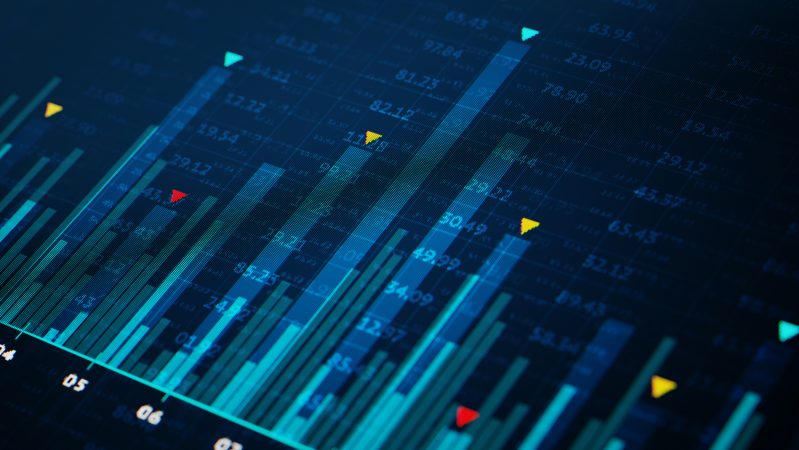CHICAGO — Real gross domestic product (GDP) increased at an annual rate of 2.9% in the fourth quarter (Q4) of 2022, according to the advanced estimate by the Bureau of Economic Analysis, which reported in the third quarter (Q3), real GDP increased 3.2%.
The first estimate reports that the increase in real GDP is reflective of increases in private inventory investment, consumer spending, federal, state and local government spending and nonresidential fixed investment. The increases in these areas were partly offset by decreases in residential fixed investment and exports. Imports decreased in the fourth quarter, but did so less than in Q3.
The Bureau of Economic Analysis reported that the lower increase in real GDP in Q4 compared with the increase in Q3, reflects the slowing of nonresidential fixed investment, state and local government spending and consumer spending. These decelerations were offset partly by an increase in private inventory investment, acceleration in federal government spending and a smaller decrease in residential fixed investment.
Current-dollar personal income increased $311 billion in Q4 compared to $283.1 billion in Q3; disposable personal income increased 6.5% in Q4 compared to 5.4% in Q3; real disposable income increased 3.3% in Q4; and the personal saving rate was 2.9% in Q4 compared to 2.7% in Q3.
Related. Trade Show Industry Encouraged by GDP Q3 Estimate of Annual Growth
While this estimate is only the first and subject to change, the initial report on real GDP is cause for optimism as it suggests the economy is not in a recession and that inflation has not stopped consumer spending from being positive, though it did weaken from 2.3% Q3 to 2.1% in Q4.
Another economic report from the Department of Labor, which came out Jan. 26, showed that weekly initial jobless claims fell by 6,000, down to 186,000. This is the lowest level since April 2022 and was significantly lower than the Dow Jones estimate of 205,000, according to CNBC. This is a positive sign, because lower initial jobless claims are associated with a growing economy, and the market often rallies upwards as unemployment decreases.
“The report was pretty strong overall, and so the market took it as good news and stocks moved up,” Peter Rupert, Ph.D., Professor of Economics at the University of California at Santa Barbara (UCSB), Director of the Economic Forecast Project, and Associate Director of the Laboratory for Aggregate Economics and Finance at UCSB, said. “The consumer kept a solid pace increasing consumption 2.1% on an annual basis. At this point we are pretty far away from recession territory. Initial claims for unemployment fell again last week. The bottom line is that the economy is chugging along and hopefully will sway some of the people who believe we are in the early stages of doom and gloom. That said, no one can really predict turning points in the economy.”
Looking to Europe, Goldman Sachs expects the euro zone economy to grow by 0.6% this year, compared to its previous prediction of the economy contracting by 0.1%, signaling that although growth in the region may be weak, a recession is not looming, according to Reuters. Inflation in the Euro zone is also expected to be lower than previously predicted for 2023. The prediction of the growth of the euro zone economy is due to decreases in the price of natural gas and China reopening its borders.
The second estimate on the fourth quarter from the U.S. Bureau of Economic Analysis will be released on Feb. 23, 2023.
Reach Peter Rupert at peter.rupert@ucsb.edu












